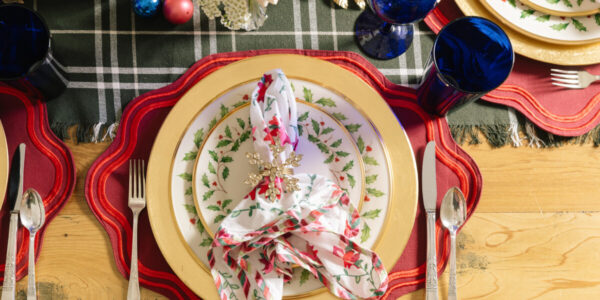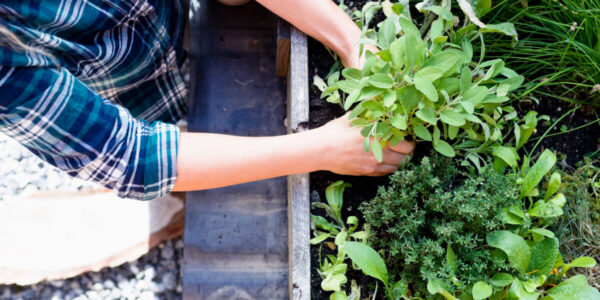
How to Create the Perfect Outdoor Kitchen, According to Interior Designers
Even Mother Nature would give it a *chef’s kiss*.
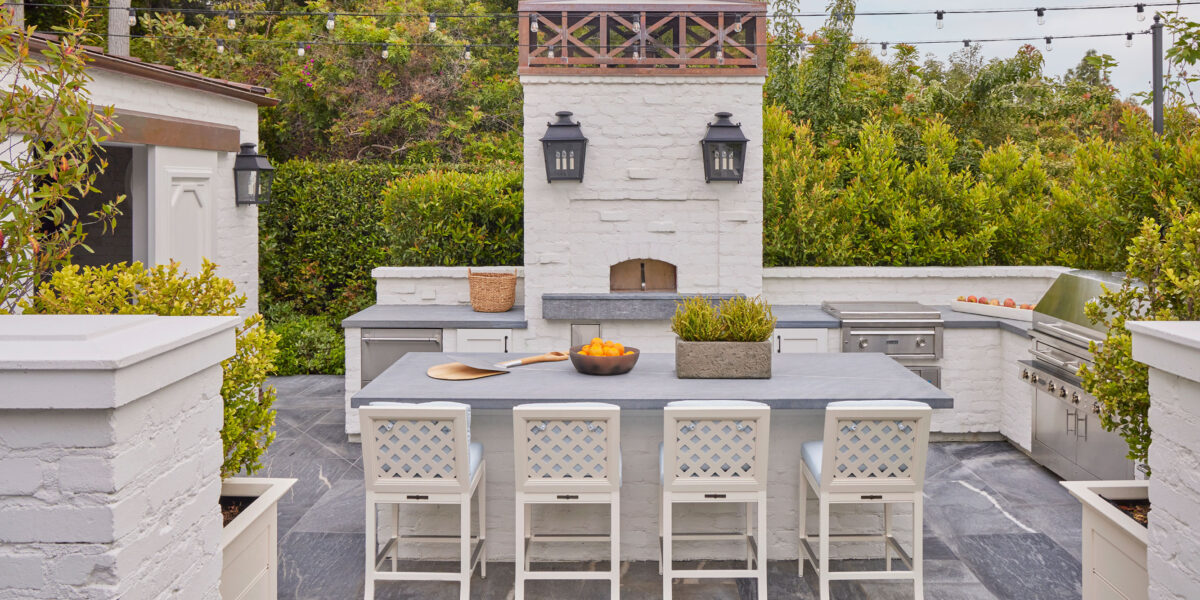
Caitlin Atkinson
You don’t have to be an award-winning pitmaster to know that summer equals grilling season. So an easy way to whip up something delicious without missing a minute of Mother Nature’s beauty? Consider us sold—and satiated. However, a mouth-watering backyard barbecue doesn’t exactly happen overnight: You need to buy summery sips and snacks from the grocery store, perfect a few go-to recipes, and avoid the common grilling pitfalls.
If you really want to take your al fresco entertaining to the next level, you might want to consider incorporating an outdoor kitchen into your property. And, no, we’re not talking about adding a grill and calling it a day.

Design by Patricia Benner; Photo by Caitlin Atkinson
Admittedly, installing an outdoor kitchen is not exactly an easy feat: It requires a lot of time, planning, and money. But if you spend a lot of time outside—be it grilling, enjoying a nice meal, or sipping on a yummy beverage—an outdoor kitchen can be one of the most frequented areas of your home. (Plus, some studies indicate that homeowners can expect to recoup anywhere between 55 to 70 percent of their investment.)
But with so many small details to consider, where do you even begin the process? To help, two interior designers are sharing their advice for crafting a marvelous, multi-sensory space. Though building an outdoor kitchen might seem like a huge undertaking, with these tips and tricks the process is surprisingly straightforward and simple.
Figure out Your Foundation

Design by Kristen Peña; Photo by John Merkl
The first step toward a delicious and design-minded outdoor kitchen isn’t the most glamorous, but Kristen Peña of K Interiors says it’s a non-negotiable. “You want to make sure you can have access to all the necessary functions for a true outdoor kitchen which starts with access to water, power, and gas,” the San Francisco-designer explains. “These need to be available in the ideal spot for your plumbing, refrigeration and heating elements.”
Most likely, you’ll need to run electric, gas, and water lines from your home’s main supply to the desired kitchen area—a project that should always be done by a professional. But before you add extra utility lines, figure out where you want to put your kitchen in the first place. According to Peña, you’ll want to factor in a good flow. “Think about ease,” she says. “You want to have easy access to beverages and garbage disposal in your outdoor kitchen as well.”
Map out Your Footprint—and the Proper Appliances
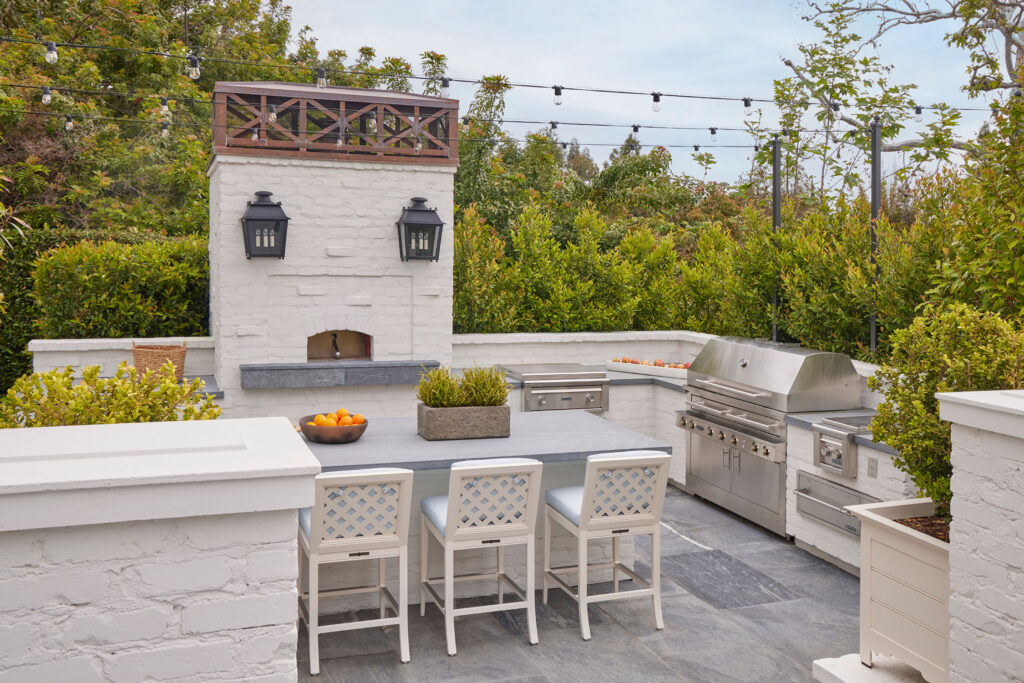
Design by Patricia Benner; Photo by Caitlin Atkinson
Chances are, you won’t be cooking in your outdoor kitchen alone: You’ll likely be entertaining a handful of guests, having your culinary partner-in-crime help stoke the grill, and keeping an eye on those kiddies who are splish-splashing in the pool. That’s exactly why you’ll need to think long and hard on a layout. “L-shaped or parallel countertops can accommodate a lot of appliances without a big footprint,” explains Patricia Benner, who leads a landscape architect and design firm in California.
She says ample counter space is a must for any outdoor kitchen, so you can go easy on the appliances. If you ask Brenner, all you really need is a gas grill, an under-counter refrigerator, and a sturdy sink. Though building your appliances into your kitchen counter will deliver a sophisticated, streamlined look, she admits that not everything needs to be fully integrated.
“A Big Green Egg can be dropped into the counter for an alternate way to cook,” she recommends.
Strike a Balance Between Durability and Design
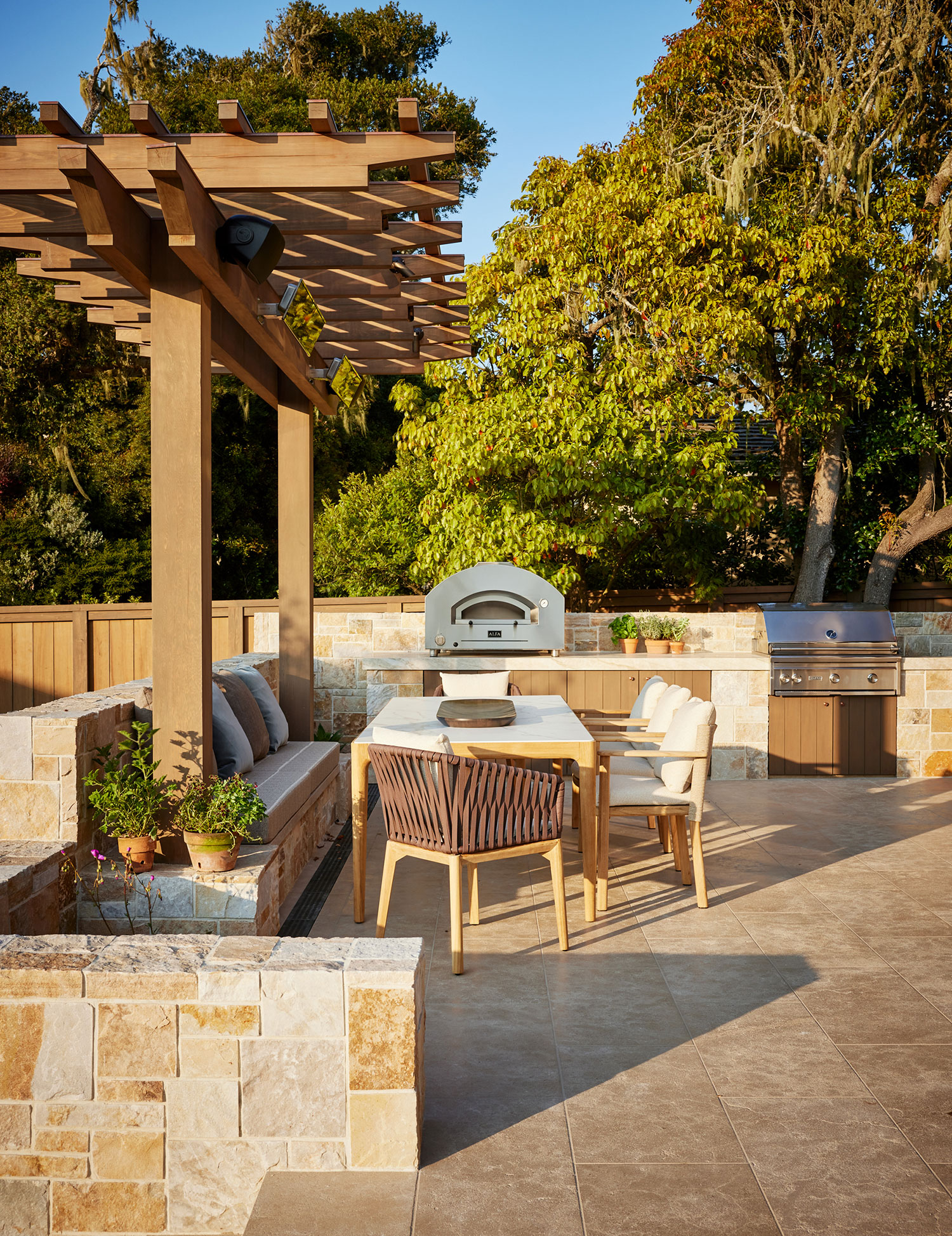
Design by Kristen Peña; Photo by John Merkl
Now, the fun part: Decorating. Your outdoor kitchen might be… well, outdoors; however, Peña says it’s a good idea to keep it consistent with the rest of your home decor. “I love to include a material that calls back to the rest of the home, such as a copper sink, that adds both beauty and function,” she says. Or, if your interior kitchen has colorful cabinets, you can always swath your outdoor storage in a similar shade.
But remember: Your outdoor kitchen is going to experience rain and sun, so it’s important to use weather-resistant materials. “We are big fans of natural stone, so we use quartzite in outdoor kitchens because it’s both durable and natural,” Peña adds. “Tile and stainless steel are other great materials for outdoor kitchens.” Simply add some extra decor like durable melamine dinnerware, stools, and an outdoor-friendly rug, and ta-da! An outdoor kitchen that looks as good as the food you cook there.
